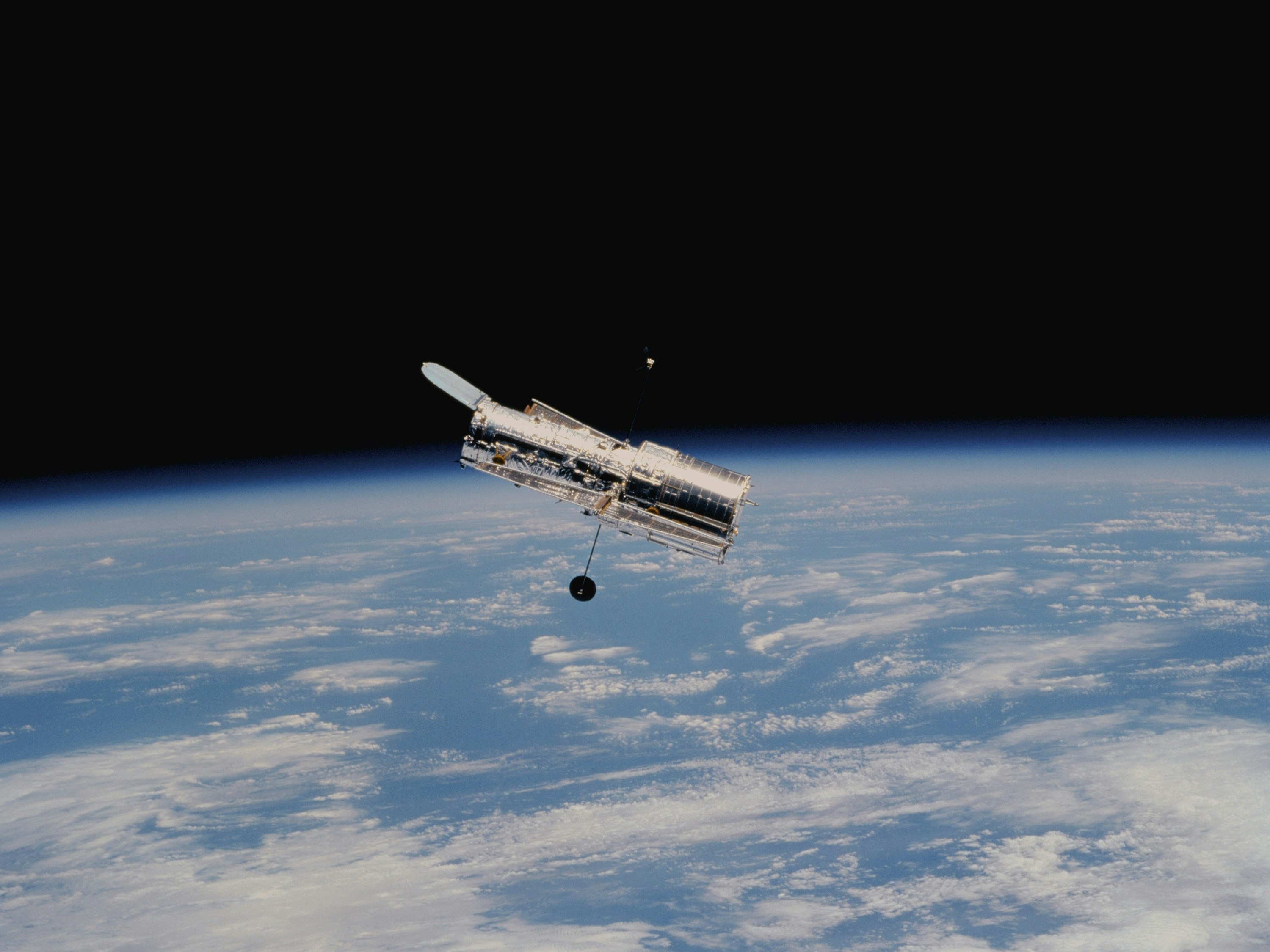One of the directions they are looking is straight up with a variety of offerings that address the growth of space-based, commercial enterprises and satellite technology. Let’s look at some of the ways two CSPs are planning to leverage the opportunities of the final frontier.
Azure Space combines the possibilities of space with the power of cloud computing. The platform includes several distinct products that employ space infrastructure to extend Azure capabilities and help space-based companies process satellite data efficiently.
Following are two of the offerings from Azure Space.
The Ground Station provides low-latency connectivity to extend communication coverage between a company’s satellites and the Azure Cloud. The features of Azure Orbital Ground Station let customers:
- Operate faster by employing a global network of antennas that scale to address satellite fleet growth;
- Streamline satellite management using Azure cloud services and ground stations;
- Make use of secure and resilient ground stations for satellite communication;
- Control costs by only paying for bandwidth that is consumed on-demand.
This service enables customers to downlink space-borne data from multiple sources and store it in Azure Data Platform components. The raw data can then be converted into analysis-ready data using the Azure Orbital Analytics processing pipeline. Integrations with Microsoft tools and partner AI models allow customers to derive insights from satellite imagery and use them productively with Microsoft Teams or open source tools. This platform serves as the path between Microsoft customers and satellite operators.
Amazon is working on multiple space-based solutions for its customers as well as experimenting with new ways to provide its services via satellites. The following are two examples of the innovative use of space technology by AWS.
AWS Sound Station provides real-time processing of data using a global network of antennas that enable communication with a satellite to be established multiple times per orbit. High-resolution imagery can be refreshed more regularly for enhanced monitoring and change detection. The features of this offering include:
- Ground station as a service which eliminates purchase and maintenance expenses;
- Premium data and physical security;
- Fast downloads and immediate data processing;
- Self-service scheduling with customers only paying for the antenna time they use.
In November 2022, AWS announced it has successfully run a suite of AWS software on an orbiting satellite. This innovative experiment is the first of its kind and was conducted in low Earth orbit over the previous 10 months. The company is testing a more efficient and faster way for customers to capture and analyze space data directly on AWS satellites using the cloud.
AWS edge capabilities on an orbiting satellite allow customers to analyze raw data in orbit and only downlink the most important images for later analysis. Communication with satellites will be more efficient with operators using familiar AWS tools.
These are just a few examples of cloud computing expanding into space. The large CSPs are driving innovation and opening the door for space data to be used more effectively to address important issues that affect business and society.



































